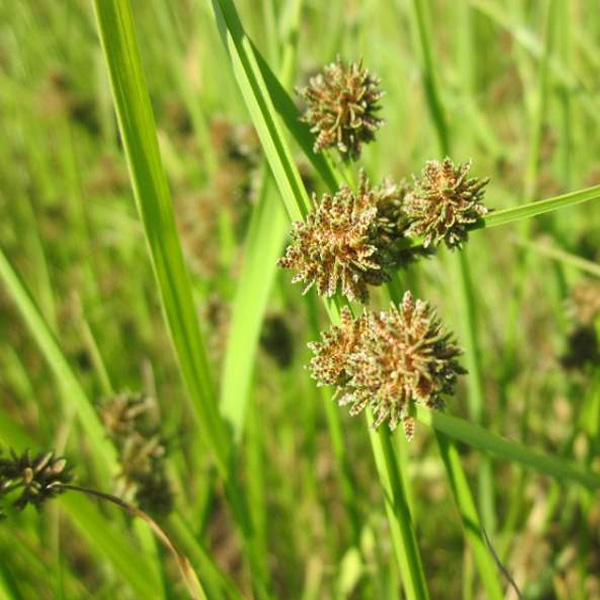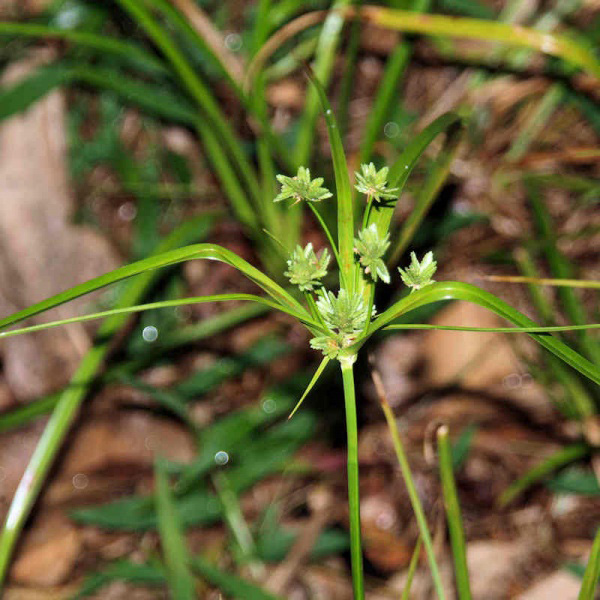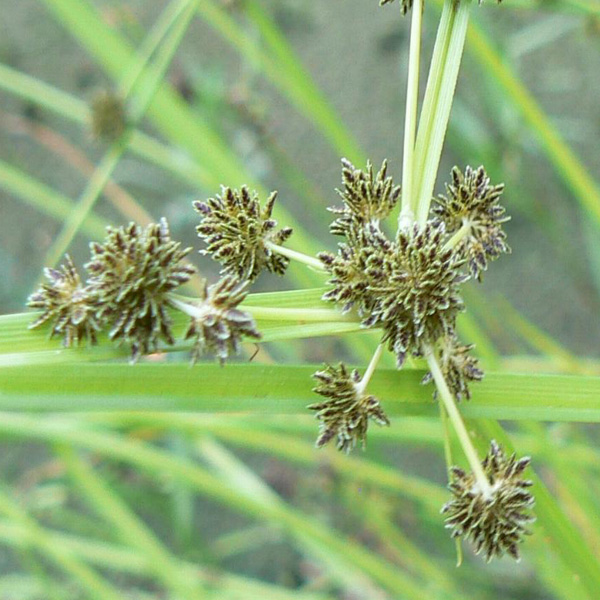Dirty Dora
weed identification
Dirty dora is a native emergent plant that has tall green stems that reach upwards. The leaves are grass-like and soft. Towards the end of the stems, the plant has many dark spiked balls. The roots are dense and reddish in colour. It usually found in warmer regions and prefers fertile soil but can grow in sands.
Dirty dora is commonly found in shallow stationary water bodies.
Dirty dora produces large quantities of seeds throughout the year.
The small seeds are easily spread by water and in mud by animals and vehicles.
It is not a weed in most situations, it can be beneficial if it naturally exists in an ecosystem.
What does Dirty Dora look like?
Disadvantages of Dirty Dora
Dirty dora can quickly become dominant in a water body due its ability to produce many seeds and grow to maturity quickly.
- Forms dense mats of vegetation that block light
- Obstructs water flow
- Outcompetes other aquatic plants
- Reduces food and habitat for fish and other aquatic animals
- Restrict water-based recreation
treatment
AQ200 Aquatic Herbicide + Wetting Agent – Chemical Herbicide designed to kill emergent weeds quickly. Use on mild to severe infestations.
Aquatic Weed Rake and Razor Combo – DIY physical removal. Ideal for mild infestations, sensitive water bodies or to aid herbicide treatment.
Aquatic Harvesting – Large amphibious machine that cuts and clears emergent aquatic weeds. Book this service for severe infestations or for larger water bodies.
prevention options
Aerating Fountains – Reduces the severity and likelihood of aquatic weed infestations. Use in any body of water.







